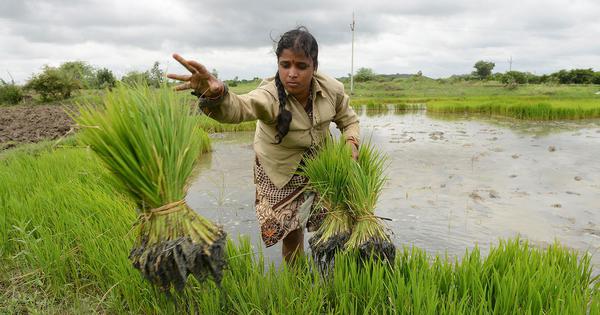Agriculture’s impact on the planet is massive and relentless. Roughly 40% of the Earth’s suitable land surface is used for cropland and grazing. The number of domestic animals far outweighs remaining wild populations. Every day, more primary forest falls against a tide of crops and pasture and each year an area as large as the United Kingdom is lost. If humanity is to have a hope of addressing climate change, we must reimagine farming.
Covid-19 has also exposed weaknesses with current food systems. Agricultural scientists have known for decades that farm labour can be exploitative and hard, so it should surprise no one that farm owners had trouble importing labour to keep farms running as they struggled to ensure food workers stay free from the virus.
Similarly, “just enough, just in time” food supply chains are efficient but offer little redundancy. And pushing farmland into the wilds connects humans with reservoirs of viruses that – when they enter the human…
